The new Tata Safari and the Harrier received the highest possible GNCAP score of five stars for their adult and child occupant safety, making them the first automobiles ever produced in India to achieve this distinction. The timing of these crash tests was interesting because they were among the final few automobiles to be assessed under the ‘Safer Automobiles for India initiative before the Bharat New Car Assessment Initiative (Bharat NCAP) comes into action on October 1. The Bharat NCAP will be implemented on October 1. For those unaware, the crash test methodologies used by GNCAP analyse frontal and side impact protection and Electronic Stability Control (ESC) for all models. Additionally, pedestrian and side-impact pole protection evaluations are performed.
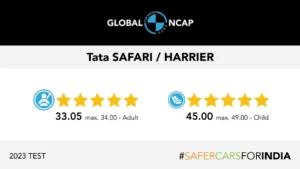
Crash Test Results for Tata Safari and Harrier: Adult Occupant Safety
The facelifted variants were awarded 33.05 out of 34 points for Adult Occupant Protection. When subjected to a frontal crash test, the upgraded SUV provided “good” protection to both the driver’s and passenger’s head and neck while also providing appropriate protection to both the driver’s and passenger’s chests.
Regarding the side impact evaluation, the most recent iterations of the Harrier and Safari provided ‘excellent’ protection to the head, chest, abdomen, and pelvis. In addition, the footwell area and the bodyshell were ‘stable’ and could support additional loads without breaking. In the meantime, the SUVs performed well in the side-pole impact test. They offered sufficient protection to the abdomen, ‘excellent’ safety to the head and pelvis, and marginal protection to the chest.
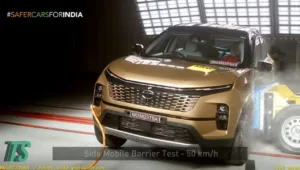
Crash Test Results for Tata Safari and Harrier: Child Occupant Safety
The recently updated models scored 45 out of 49 points for protecting young occupants. This includes a score of 12 points for the child restraint system (CRS) installation and 24 points for the dynamic scoring. The evaluated vehicles had a passenger airbag turn-off switch in addition to twin front airbags, side head curtain airbags, side chest airbags, ISOFIX anchorages, three-point seatbelts with pretensioners, seatbelt reminders, and electronic stability control. In addition, the Safari and the Harrier were both standardly compliant with the standards of UN127 and GTR9 to protect pedestrians.

Tata Safari and Harrier SUVs Safety Equipment
The newly introduced SUVs come equipped with various safety features, including as many as seven airbags, one of which will be designed specifically for the knees of the driver. In addition, the Harrier and the Safari come standard with level-2 ADAS technology, which provides 17 different driver-aid functions. Other safety features include anti-lock brakes with electronic brake distribution, an electronic stability programme (ESP), a tyre pressure monitoring system, driver attention alerts, hill descent control, emergency calls, and breakdown alerts.
Tata Safari and Harrier SUVs Powertrain
The Safari and the Harrier are built on the same vehicle platform; however, the Safari can accommodate up to seven passengers, while the Harrier has a maximum seating capacity of five. The Harrier and the Safari come equipped with a 2.0-liter diesel engine that produces 168 hp and 350 Nm of torque and either a 6-speed manual or an automated gearbox. The new Harrier offers a fuel efficiency of 16.80 km/L when driven manually and 14.60 km/L when driven automatically. The redesigned Safari is said to have an improved fuel economy of 16.30 km/L for the manual gearbox and 14.50 km/L for the automated gearbox.
While the facelifted Tata Harrier has a price range that starts at Rs 15.49 lakh and goes up to Rs 24.49 lakh, the base model costs Rs 15.49 lakh., the 2023 Safari has a price range beginning at Rs 16.19 lakh and going all the way up to Rs 25.49 lakh. The prices shown are “ex-showroom” in India.
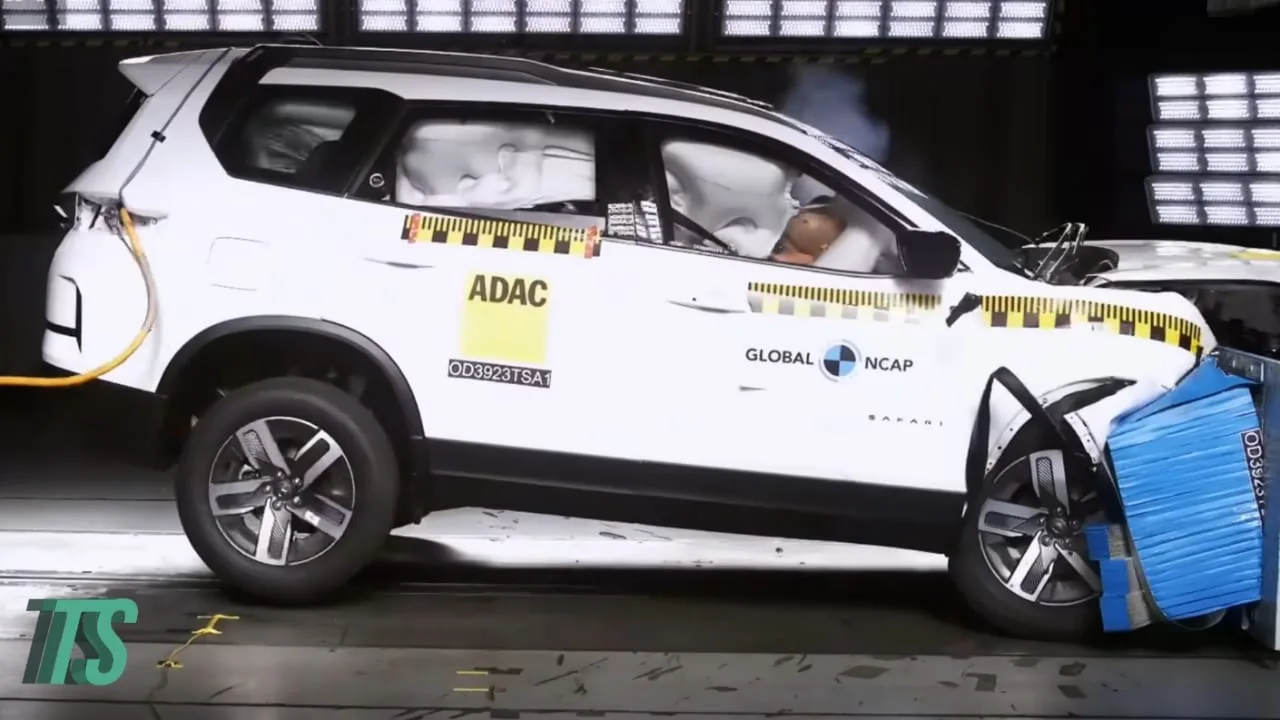




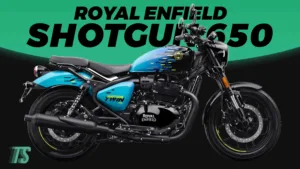
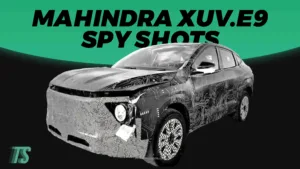
1 thought on “Tata Safari and Harrier Facelift Achieve 5-Star Global NCAP Safety Ratings”
Comments are closed.